Africa is a diverse and vibrant continent rich in culture and history. At the heart of this cultural tapestry are African art and music, two essential elements that have played a significant role in preserving, expressing, and promoting Africa’s cultural identity. As distinct as they may appear, these two forms of creative expression share a harmonious collaboration that has shaped the continent’s cultural landscape. This journal will explore the beautiful symbiosis of African art and music, discussing their forms, functions, and how they interconnect to celebrate Africa’s unique heritage.
African Art: Forms and Functions
The African continent is home to an incredible variety of artistic expressions, ranging from traditional to contemporary forms. Traditional African art encompasses a vast array of creative works, including sculptures, masks, textiles, and pottery. These pieces often possess both aesthetic and functional purposes, serving as tools for religious, political, or social events.
Contemporary African art, on the other hand, embraces a wider range of media such as paintings, photography, installations, and performance art. These modern forms often reflect the challenges and complexities of contemporary African life, addressing social, political, and environmental issues. Despite these differences, both traditional and contemporary African art share common themes and styles, often drawing inspiration from the continent’s rich musical heritage.
African art plays multiple roles within the societies from which it originates. These functions extend beyond the realm of mere aesthetics, as art also serves as a means to communicate religious beliefs, political ideologies, and social values. The relationship between African art and music is evident in their shared themes, as they both represent the essence of African culture and identity.
African Music: Genres and Instruments
African music is as diverse as the continent itself, encompassing a wide array of genres and styles. Traditional African music often revolves around drumming, vocal music, and storytelling, which provide a means for communities to come together, celebrate, and pass down their history and traditions. These musical forms have evolved over time, giving rise to contemporary genres such as Afrobeat, Highlife, and other popular styles that have captivated audiences worldwide.
African music is also characterized by its distinctive instruments, many of which are unique to specific regions or communities. Drums play a central role in African music, with various types such as the djembe, talking drum, and conga being integral to the continent’s rhythmic soundscape. Additionally, stringed instruments like the kora, and wind instruments like the mbira, add to the richness and variety of African musical expression.
Music plays a vital role in the world of African art, serving as a source of inspiration, performance, and interpretation. The relationship between these two forms of expression is both evident and essential, as they work together to communicate the depth and diversity of African culture.
The Symbiotic Relationship between African Art and Music
The connection between African art and music goes beyond mere thematic similarities; they share a deeply intertwined and symbiotic relationship. This harmonious collaboration is evident in the various ways they influence and inform one another.
The impact of music on African art is particularly striking in the depictions of musicians and instruments. Artworks often portray singers, dancers, and instrumentalists in action, capturing the energy and emotion of musical performances. Moreover, the presence of musical instruments in African art reflects their significance in cultural rituals and celebrations.
Conversely, African music also draws inspiration from the visual arts. Artistic themes and motifs frequently appear in song lyrics, performances, and album covers, showcasing the interconnected nature of these two creative domains. Additionally, visual imagery can inspire musical compositions, with artists translating the emotions and messages conveyed by artwork into sound.
The unifying power of African art and music is further exemplified by collaborative projects that bring together visual artists and musicians. These collaborations often result in innovative and groundbreaking works, showcasing the limitless potential of Africa’s cultural fusion. Moreover, cross-cultural exchanges facilitated by art and music have played a pivotal role in promoting and celebrating African culture on a global scale.
The symbiotic relationship between African art and music is not only an essential aspect of the continent’s cultural expression but also a testament to the resilience and adaptability of its people. By embracing the rich history and diverse influences that have shaped their artistic heritage, African artists and musicians continue to create a vibrant and evolving tapestry of cultural expression.
Case Studies: African Art and Music Collaborations
To further illustrate the harmonious collaboration between African art and music, let’s explore some notable case studies that showcase the synergy between these two forms of cultural expression.
Case Study 1: Fela Kuti and Lemi Ghariokwu
Fela Kuti, a legendary Nigerian musician and pioneer of the Afrobeat genre, collaborated with visual artist Lemi Ghariokwu for over a decade. Ghariokwu designed the album covers for Fela’s groundbreaking records, capturing the essence of the musician’s politically charged and socially conscious messages. Their collaboration not only showcased the perfect marriage of African art and music but also helped elevate Afrobeat to international prominence.
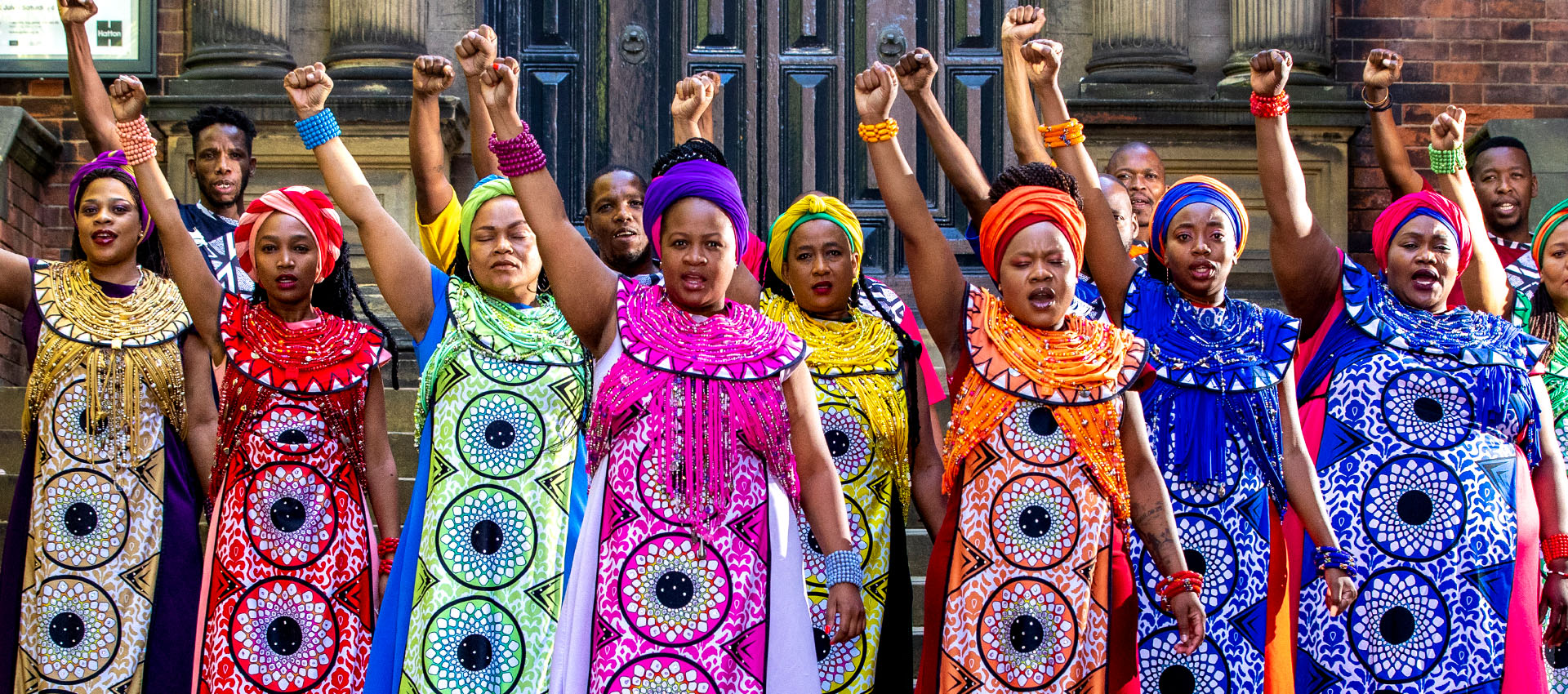
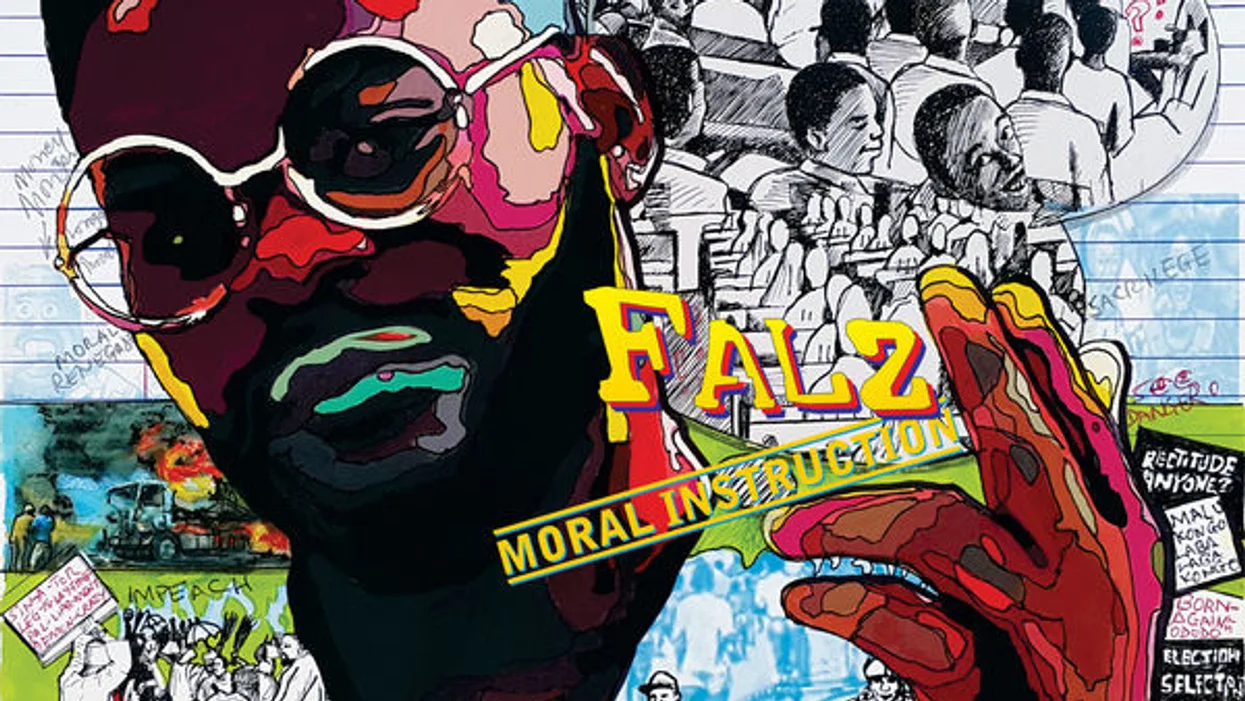
Case Study 2: The Festival of the Desert
The Festival of the Desert, held annually in Mali, is a prime example of a cultural event that brings together African art and music. The festival showcases the unique musical styles and artistic expressions of the region, featuring live performances by local musicians and exhibitions of traditional and contemporary art. This celebration of African culture serves as a platform for cultural exchange and dialogue, highlighting the powerful connection between art and music.
Case Study 3: The Soweto Gospel Choir and South African Art
The Soweto Gospel Choir, an internationally acclaimed South African choral group, has often collaborated with local visual artists to create stunning performances. Combining traditional and contemporary South African music with visual storytelling, these collaborations showcase the rich cultural heritage of the country. The fusion of art and music in their performances provides audiences with a unique and immersive experience, celebrating the diversity of South African culture.
Case Study 4: Art Melody and Serge Aimé Coulibaly
Burkinabe musician Art Melody and choreographer Serge Aimé Coulibaly collaborated on a project called “Kalakuta Republik,” which paid tribute to Fela Kuti’s legacy. The performance combined music, dance, and visual arts, creating a multisensory experience that celebrated African culture and its influence on contemporary art forms. This collaboration exemplified the harmonious relationship between African art and music, showcasing their ability to inspire and inform one another.
These case studies highlight the incredible potential of African art and music collaborations, illustrating the power of cultural fusion and the importance of cross-disciplinary expression. By embracing these collaborations, artists and musicians continue to push the boundaries of African art and music, fostering a deeper appreciation and understanding of the continent’s rich cultural heritage.
In Conclusion, the harmonious collaboration between African art and music has played a vital role in preserving, expressing, and promoting the continent’s cultural identity. Through their shared themes, styles, and functions, these two forms of creative expression have come together to create a unique and dynamic cultural landscape. The symbiotic relationship between art and music is a testament to the rich and diverse history of Africa, and the resilience and adaptability of its people.
As we look to the future, it is essential to continue supporting and promoting African art and music to ensure that the continent’s unique cultural heritage is preserved and celebrated. By embracing the ongoing evolution of African art and music in the global context, we can deepen our understanding and appreciation of the richness and diversity that defines the African experience.
In conclusion, the celebration and appreciation of Africa’s rich cultural heritage can be found in the harmonious collaboration of its art and music. By recognizing the interconnected nature of these two creative domains, we can continue to foster cross-cultural exchanges and promote a greater understanding and appreciation of the vast and diverse tapestry that is African culture.
Frequently Asked Questions
1. What is African music and arts?
African music and arts encompass a diverse range of creative expressions rooted in the rich cultural heritage of the African continent. African music includes traditional forms, such as drumming, vocal music, and storytelling, as well as contemporary genres like Afrobeat and Highlife. African arts consist of various forms, including traditional sculptures, masks, textiles, and pottery, alongside contemporary mediums such as painting, photography, installations, and performance art. Both African music and arts serve as essential means of preserving, expressing, and promoting Africa’s cultural identity.
2. How does music relate to African culture?
Music plays a central role in African culture, as it serves various functions such as entertainment, communication, and preservation of cultural values and traditions. African music is deeply intertwined with social, religious, and political aspects of life, often reflecting the communities’ collective experiences and beliefs. The close relationship between music and culture in Africa is evident in the shared themes and styles found in both music and visual arts, highlighting their harmonious collaboration and mutual influence.
3. What are the elements of African music in art?
African music and art share several elements that highlight their interconnected nature. Some of these elements include:
- Depictions of musicians and musical instruments in visual arts, showcasing the significance of music in cultural rituals and celebrations.
- Artistic representations of musical performances, dance, and storytelling, capturing the energy and emotion of these cultural expressions.
- Shared themes and motifs that reflect the essence of African culture and identity, often inspired by music or translated from visual arts into sound.
4. Is African art and music closely associated with religion?
Yes, African art and music are often closely associated with religion. In many African societies, religious beliefs and practices are integral aspects of daily life, and art and music serve as essential tools to express and communicate these beliefs. For instance, traditional African sculptures and masks may represent ancestral spirits or deities, while music and dance often accompany rituals, ceremonies, and other religious events. The connection between African art, music, and religion showcases the multifaceted nature of these cultural expressions and their importance in conveying spiritual and cultural values.
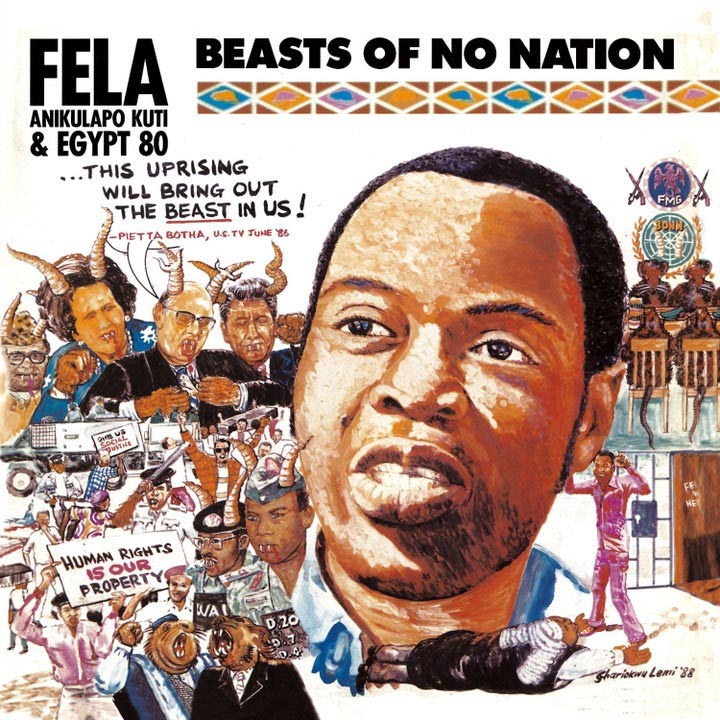

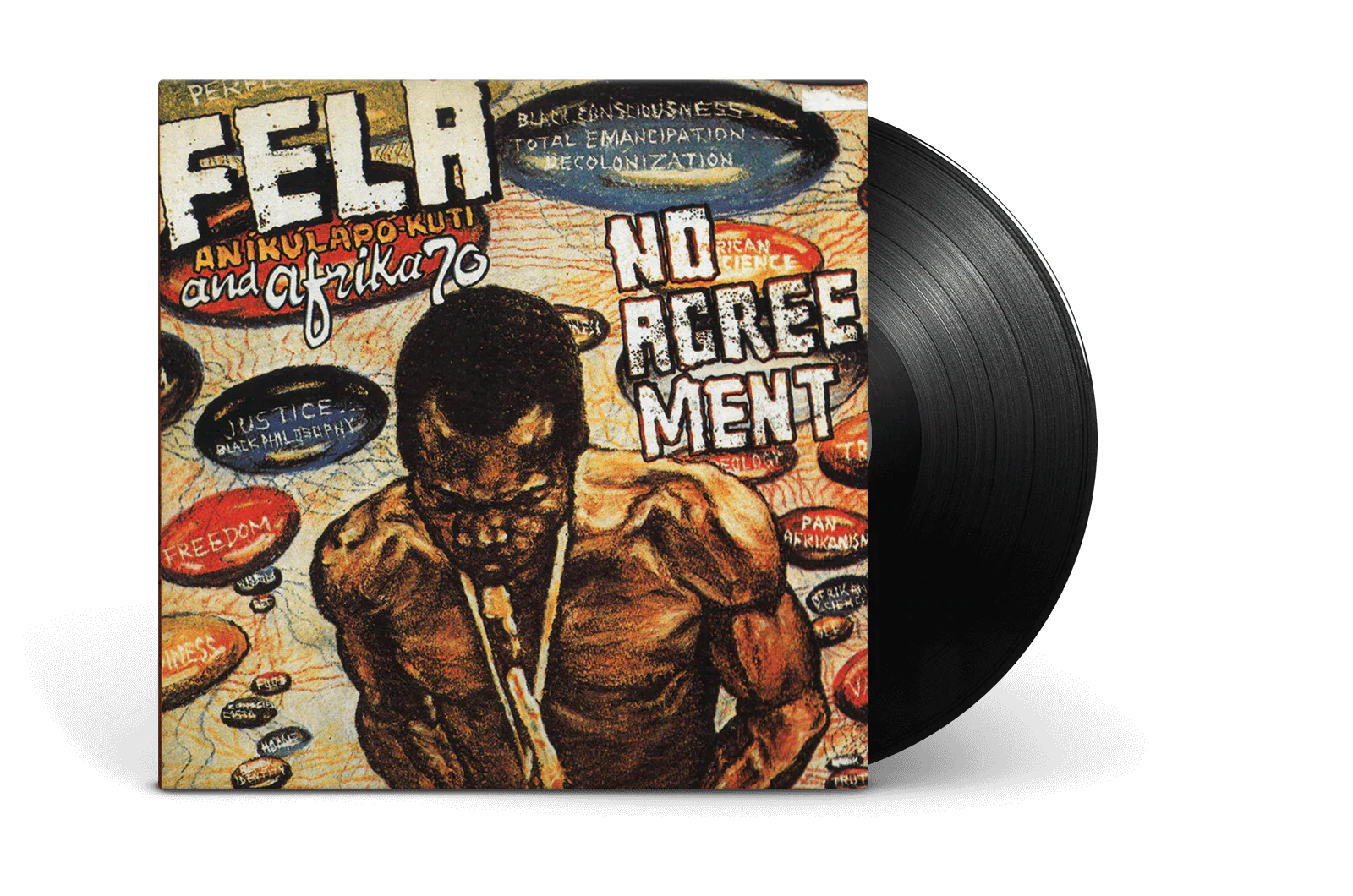
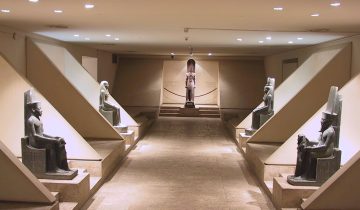
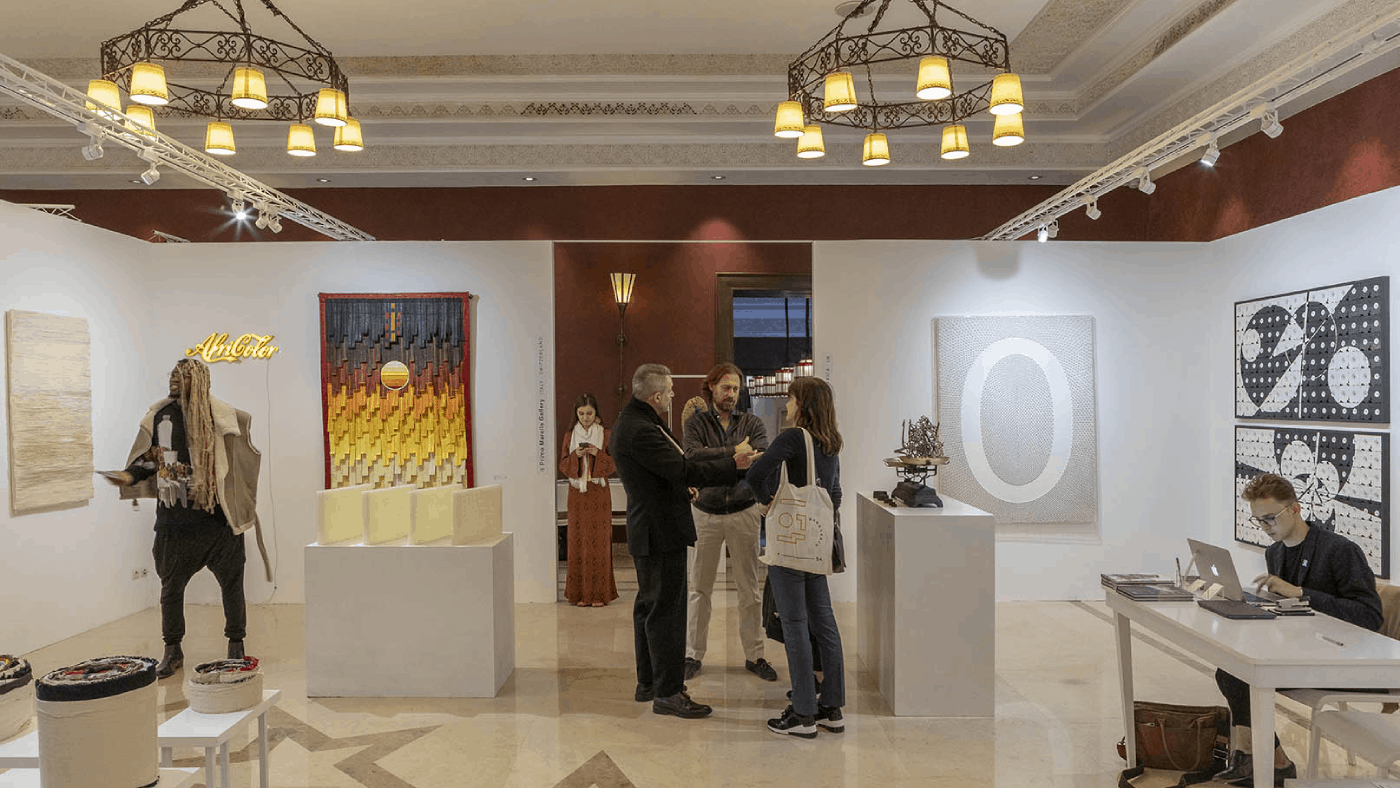
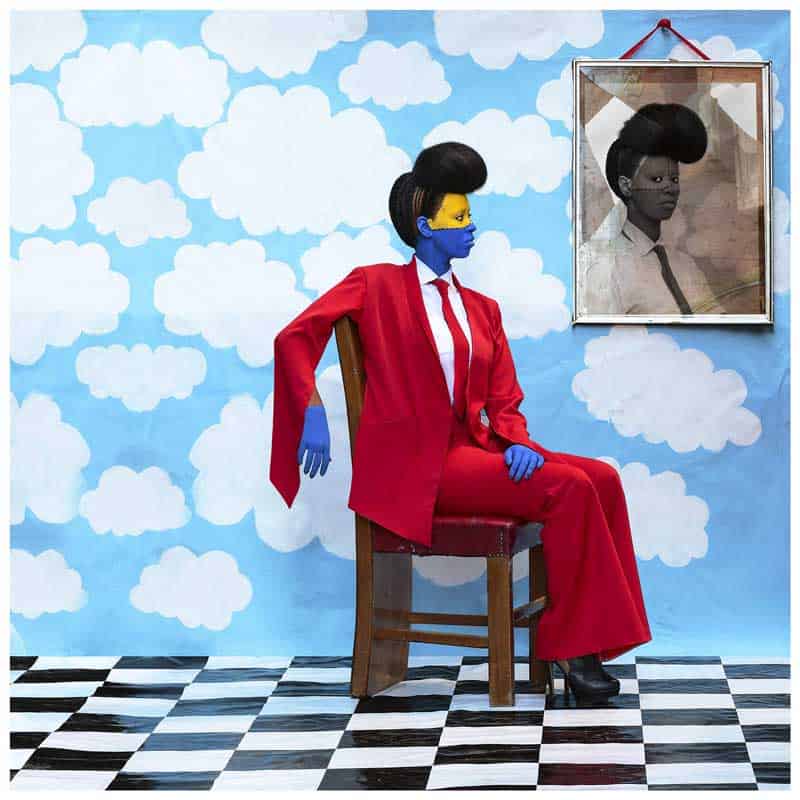
 No products in the basket.
No products in the basket.